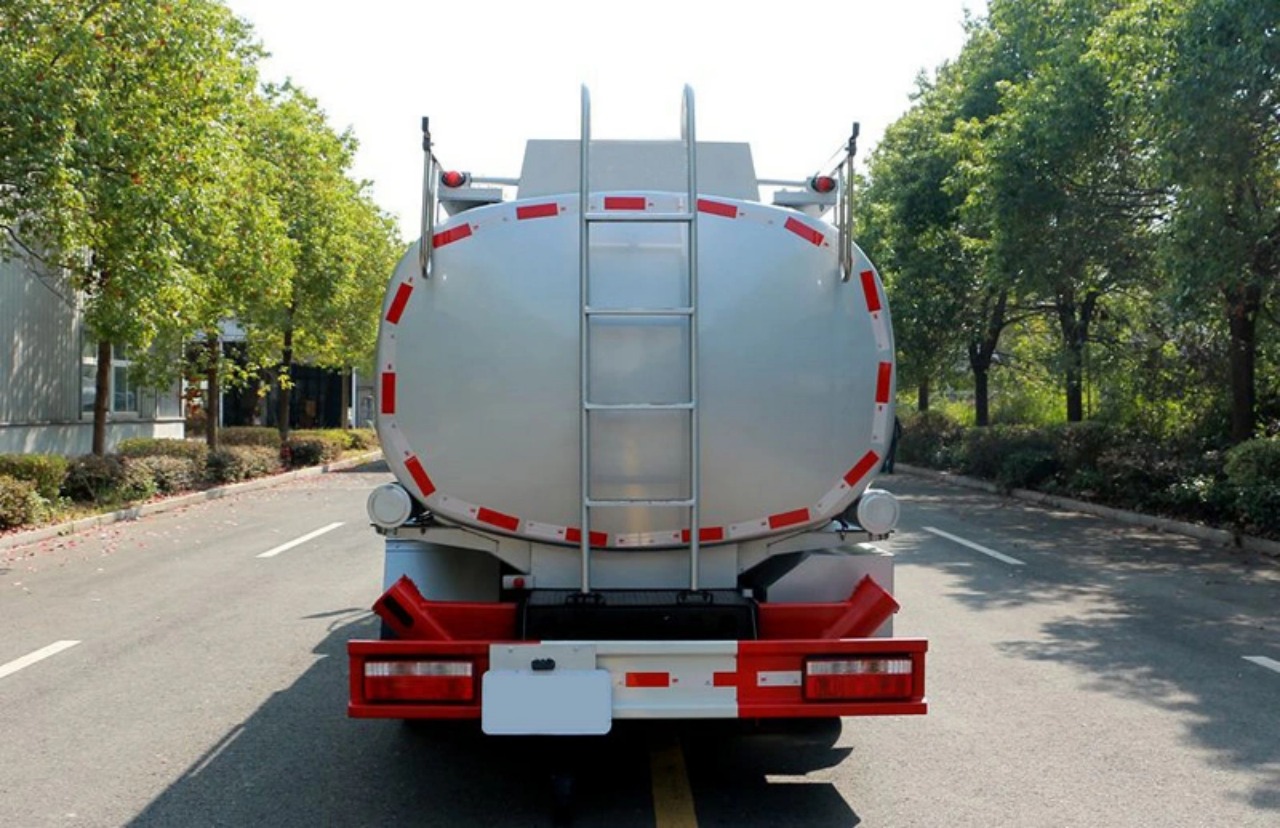Fuel tankers are a vital part of the global economy, ensuring that essential fuels like gasoline, diesel, and aviation fuel are transported safely from refineries to distribution points. However, the term “fuel tanker” encompasses a wide range of vehicles and equipment, each with specific names depending on their design, usage, and regional language differences. So, what are fuel tankers called? Let’s dive into the terminology, types, and features that define these important vehicles.
General Terminology
The term “fuel tanker” generally refers to any large vehicle, trailer, or ship designed to carry liquid fuels in bulk. However, depending on the context, they might also be called:
- Tank Trucks: In North America, a fuel tanker operating on highways is often called a “tank truck.”
- Fuel Lorries: In the United Kingdom and other Commonwealth countries, the term “fuel lorry” is common.
- Tanker Trucks: This is another widely accepted term used globally to describe trucks carrying liquid cargo, including fuels.
- Petrol Tankers: In places where “petrol” is the preferred term for gasoline (like the UK and Australia), fuel tankers are often called petrol tankers.
- Oil Tankers: While “oil tanker” often refers to ocean-going ships, it can sometimes be used to describe road-going vehicles carrying oil-based fuels.
Thus, the name for a fuel tanker often depends on the region, the exact type of fuel it carries, and the transportation medium (road, rail, sea, or air).
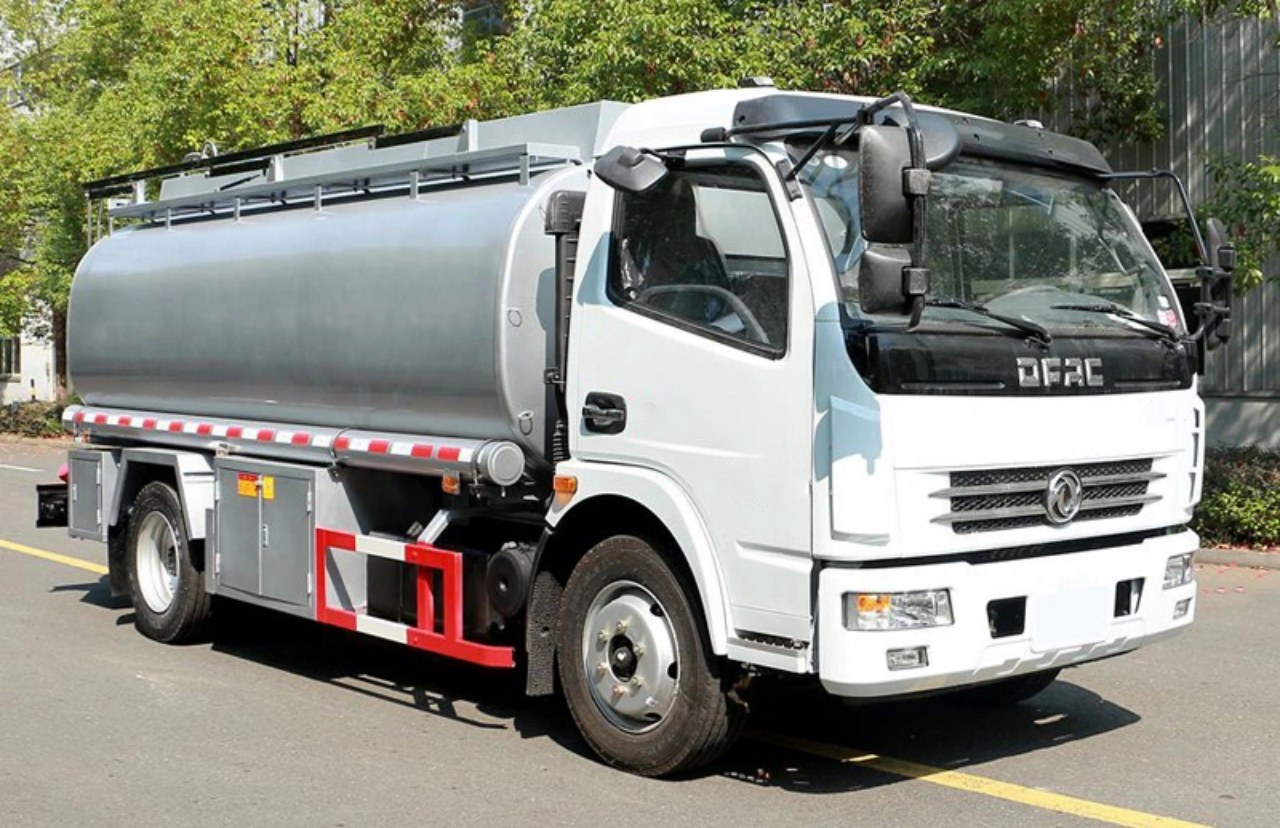
Road Fuel Tankers
When people talk about fuel tankers, they most often mean road-going vehicles that transport fuel from depots to gas stations. These road tankers come in several forms:
Straight Truck Tankers
A straight truck tanker has the cab and tank body mounted on a single chassis. They are relatively smaller compared to articulated tankers and are typically used for urban deliveries where space is tight. These are often referred to simply as fuel trucks or small tankers.
Semi-Trailer Tankers
These are the classic “big rig” fuel tankers most people picture: A tractor unit pulling a large cylindrical tank. The tank is a separate trailer, connected via a fifth-wheel coupling. These are often called:
- Fuel Semi-Trailers
- Tanker Semi-Trailers
- Bulk Fuel Trailers
They can carry large quantities of fuel over long distances and are a common sight on highways.
Articulated Tankers
In some regions, notably in Europe and Australia, these are called articulated fuel tankers. The term “articulated” emphasizes the pivot joint between the tractor and the trailer, allowing for greater maneuverability.
Bobtail Trucks
In the United States, small fuel delivery trucks without a trailer, often used to deliver propane or home heating oil, are called bobtail trucks. Though they often carry LPG (liquefied petroleum gas), the term can also apply to smaller fuel tankers.
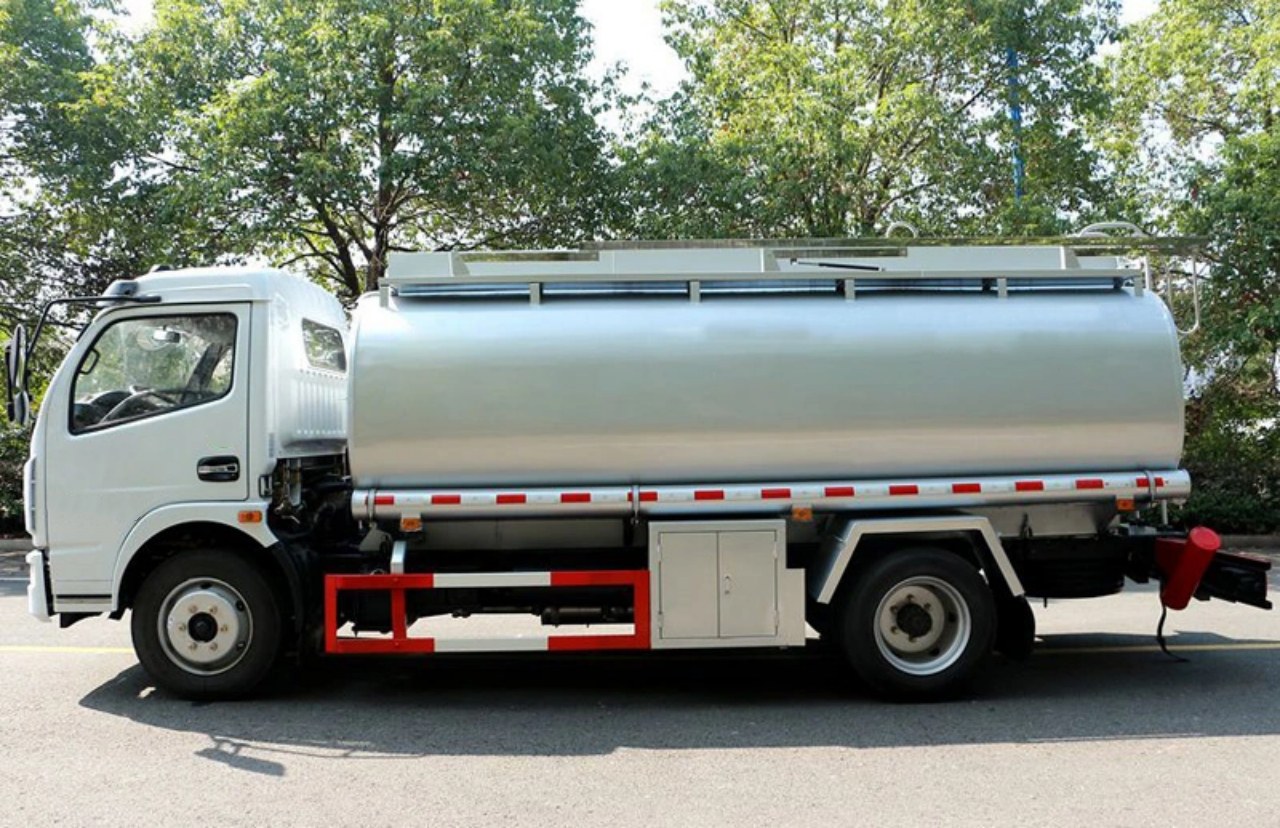
Specialized Fuel Tankers
Not all fuel tankers are created equal. Some are built for highly specialized purposes and thus have unique names:
Aviation Refuelers
Fuel tankers designed to refuel airplanes on the tarmac are called aviation refuelers or aircraft refueling trucks. These tankers usually carry Jet A or Avgas fuels and are equipped with special nozzles and pumps designed for aircraft.
Bowsers
In many military and aviation contexts, a small mobile fuel tanker is called a bowser. Bowsers can be truck-mounted, trailer-based, or even smaller units towed behind a vehicle.
Fuel Pods and Skids
In off-road, mining, and construction operations, fuels are sometimes transported in specialized portable tanks called fuel pods or fuel skids. These are not self-propelled but can be loaded onto trucks for movement.
Maritime Fuel Tankers
Fuel isn’t only transported by road. On the seas, fuel is carried by ships called oil tankers or bunkering vessels.
- Oil Tankers: These massive ships can carry crude oil or refined fuel products across oceans. They are categorized by size: Handymax, Panamax, Aframax, Suezmax, and VLCC (Very Large Crude Carrier).
- Bunker Barges: Smaller vessels used to refuel ships in port are called bunker barges or bunkering vessels.
While road tankers deliver fuel to gas stations, these marine tankers supply oil refineries, coastal storage facilities, and large industrial consumers.
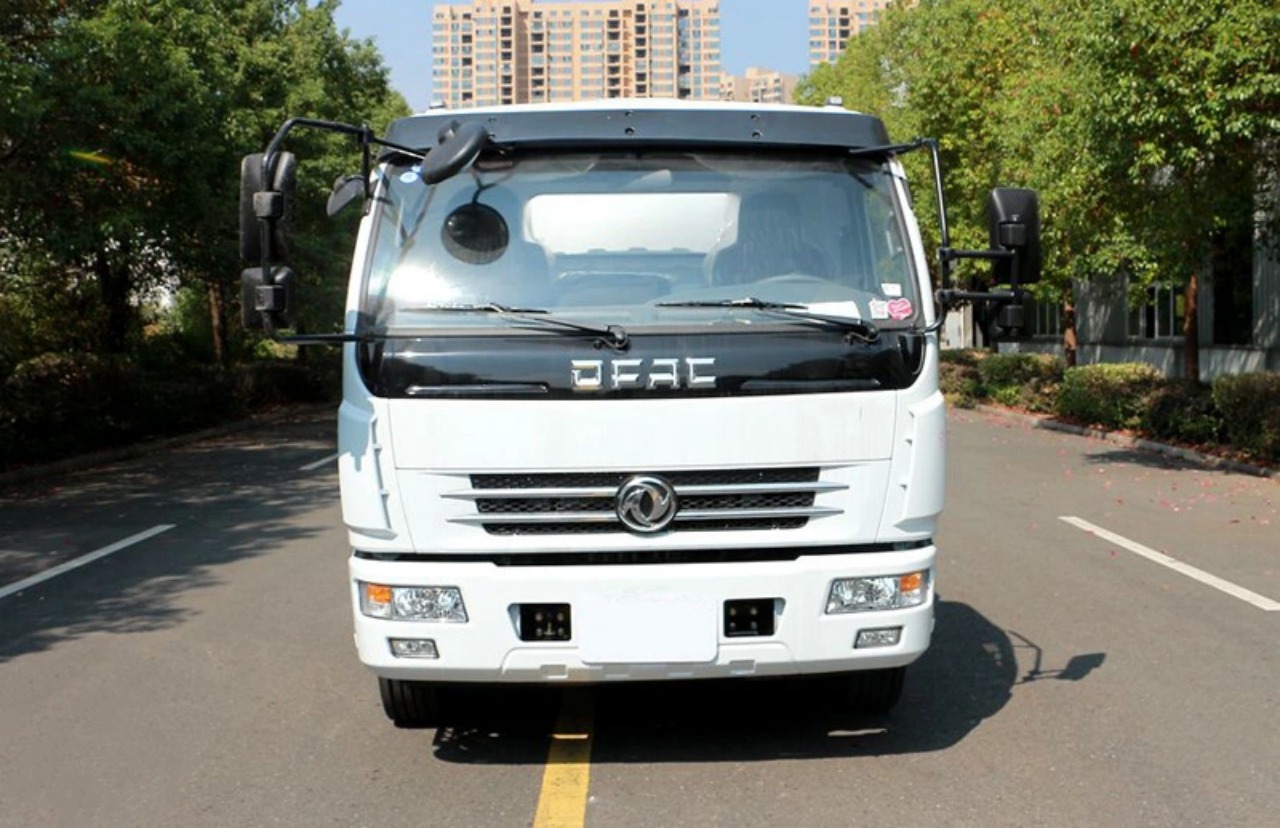
Rail Fuel Tankers
On railways, fuel is transported in tank cars or rail tankers. These cylindrical rail cars are engineered for heavy-duty use and are essential for transporting large quantities of fuel over land where pipelines or roads are impractical.
Design Features That Influence Terminology
The design of a fuel tanker often affects what it’s called:
- Compartmented Tankers: Many tankers have internal compartments to carry different types of fuel simultaneously without mixing them. These are simply referred to as compartmented fuel tankers.
- Insulated Tankers: Tankers carrying volatile fuels that require temperature control may be referred to as insulated fuel tankers.
- Pressurized Tankers: Some fuels, like LPG, need pressurization to remain in liquid form. Tankers built for this are called pressurized fuel tankers or pressure vessels.
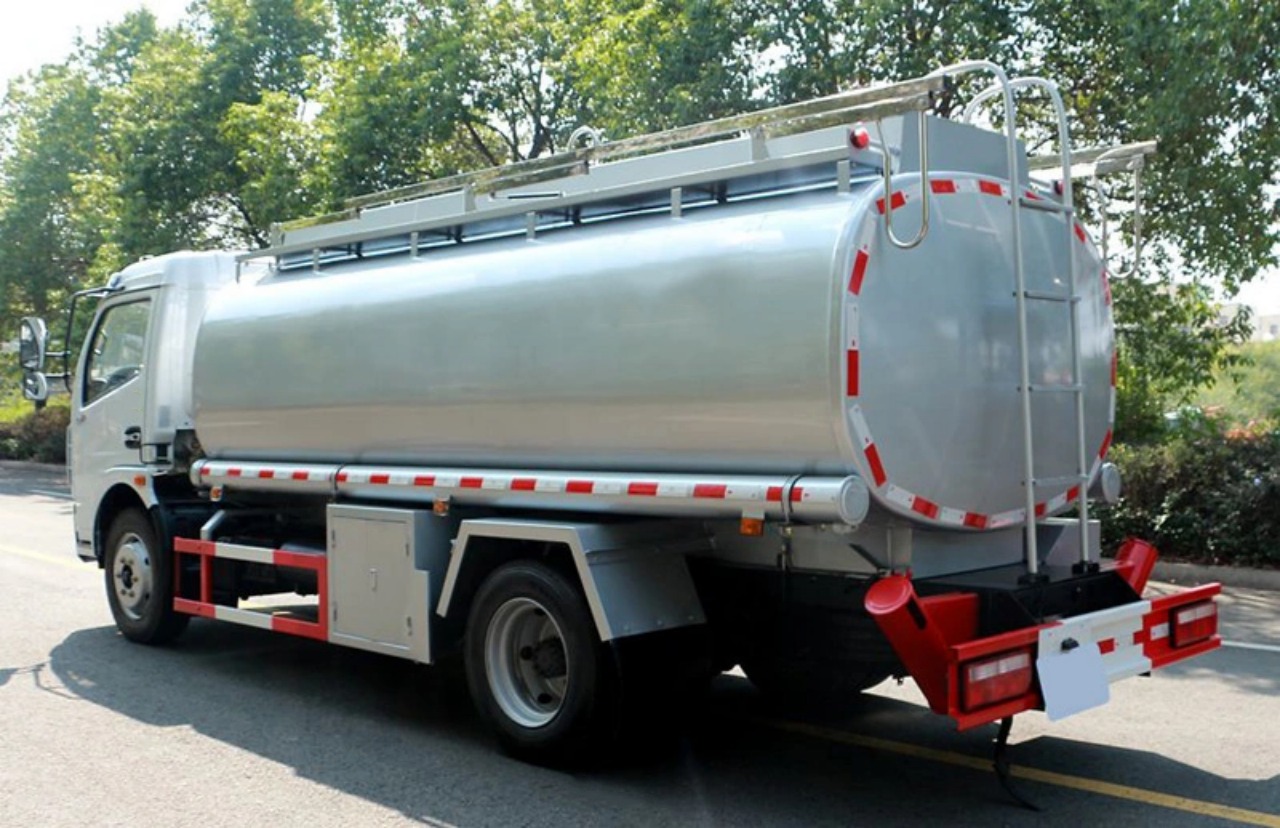
Regional Variations in Naming
As mentioned, regional language differences heavily influence what fuel tankers are called:
- In the United States, “fuel truck” and “tank truck” are most common.
- In the United Kingdom, “fuel lorry” and “petrol tanker” dominate.
- In Australia, terms like “fuel tanker,” “petrol tanker,” and “road train fuel tanker” (for multiple-trailer setups) are widely used.
- In South Africa, “tanker trucks” or “fuel bowsers” are often used interchangeably.
Understanding these regional terms is important for communication, especially for multinational logistics companies operating across borders.
Conclusion
Fuel tankers play an essential role in modern life, ensuring that gasoline, diesel, aviation fuels, and more are where they need to be, when they need to be there. While the general public often simply calls them “fuel trucks” or “tankers,” the specific names—tank trucks, fuel lorries, petrol tankers, aviation refuelers, oil tankers, bunker barges, and more—reflect the diversity of their design, use, and regional language.
In short, what fuel tankers are called depends on their size, shape, fuel type, transport method, and the part of the world you are in. Understanding these terms not only helps clarify conversations but also deepens appreciation for the complexity behind something we often take for granted: the safe and reliable delivery of fuel across the globe.
